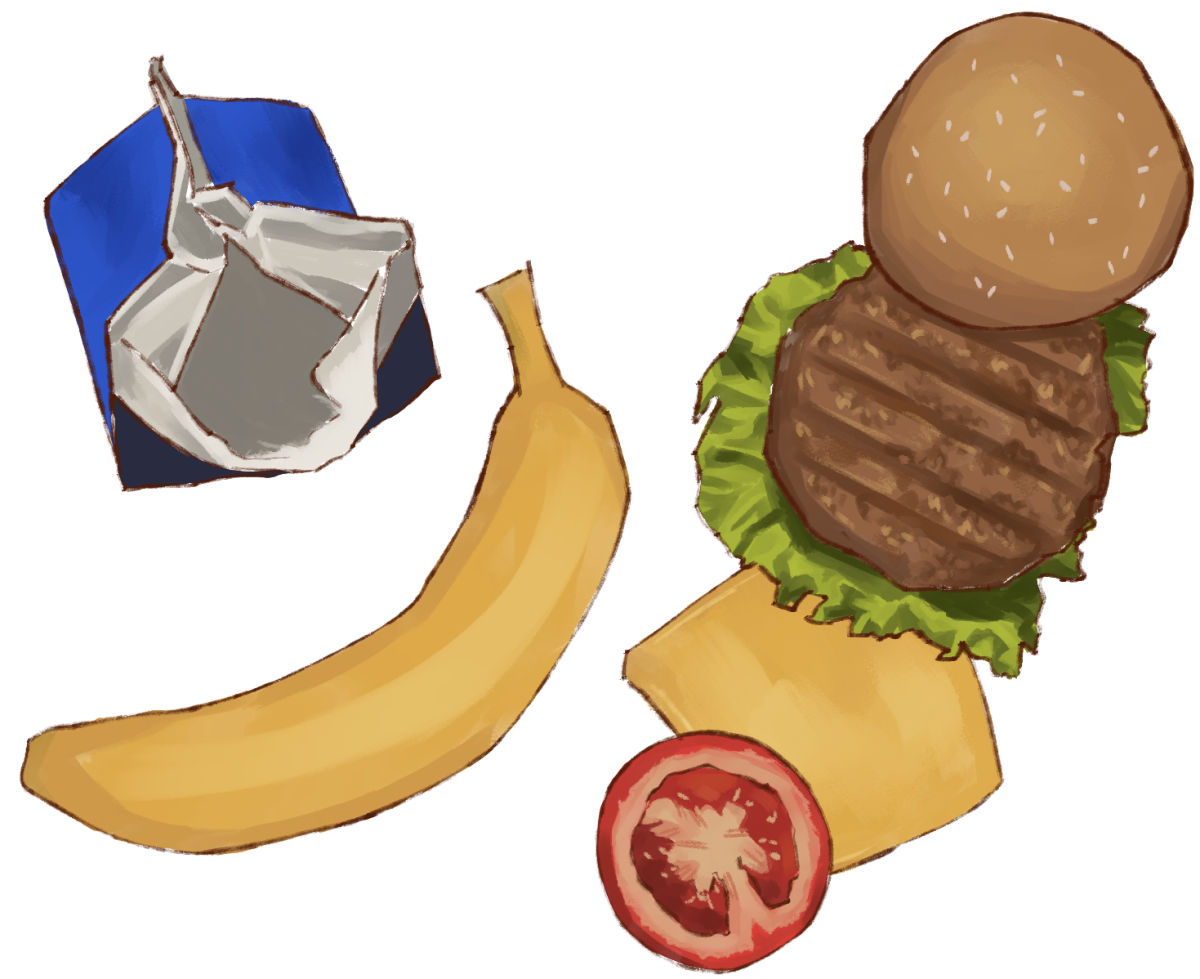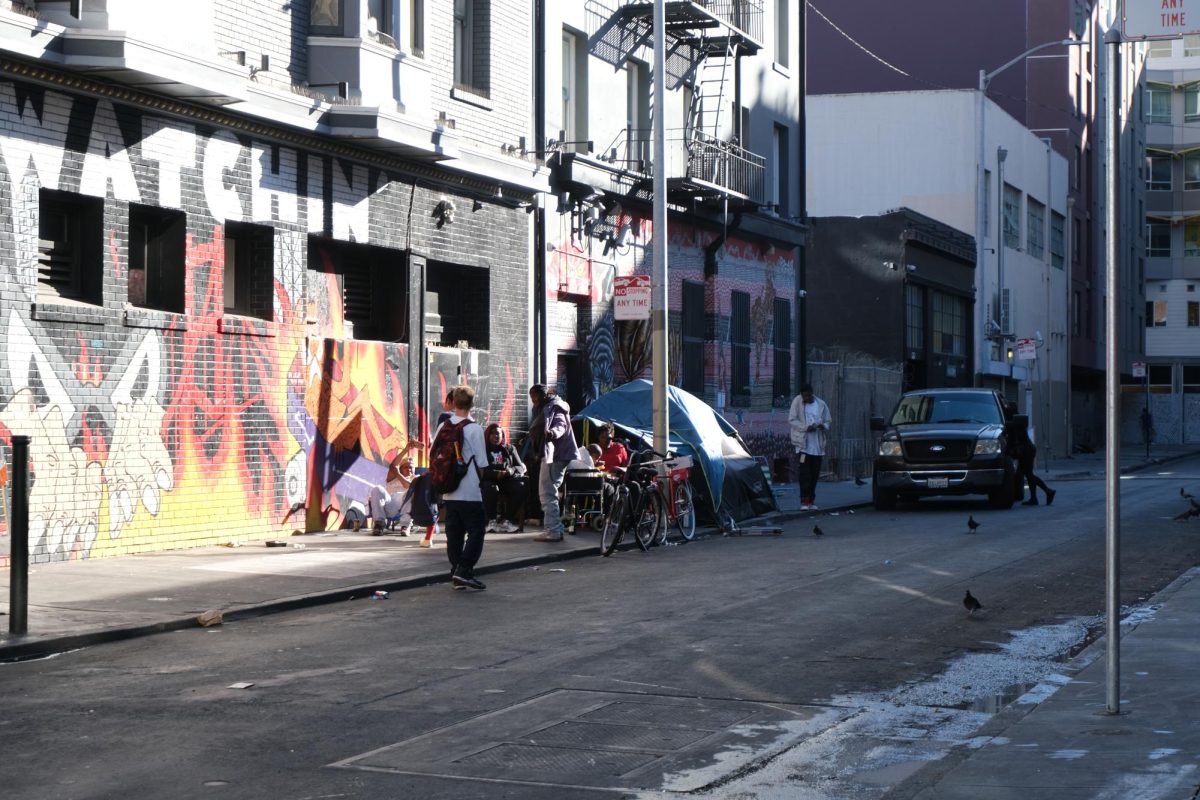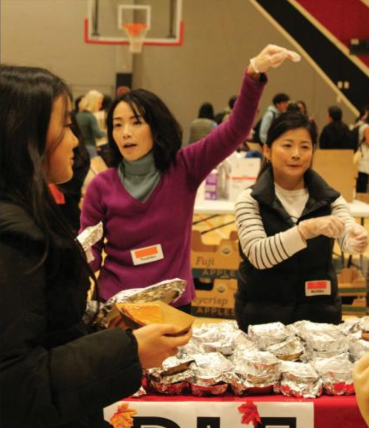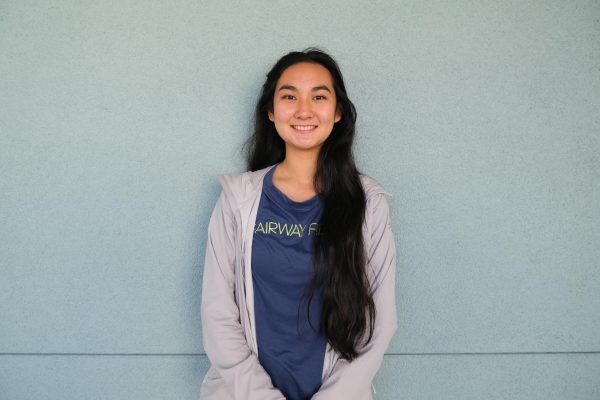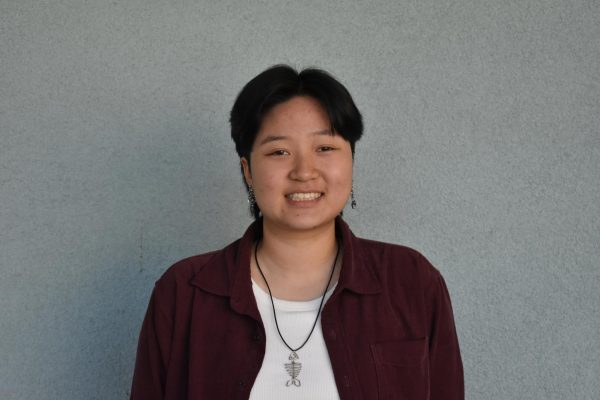In August 2023, students contracted food poisoning in four PAUSD elementary schools after consuming the school lunch provided through the California Universal Meals Program. Parents reported foodborne illnesses from the spaghetti served at Duveneck, Fairmeadow, Herbert Hoover and Palo Verde Elementary Schools.
District Communications Coordinator George Pinckney told NBC Bay Area that the spaghetti had contained moldy, burnt bell peppers. According to Pinckney, a new oven in the central kitchen — where all elementary school meals are prepared — alongside temperature increases from malfunctioning refrigerator fans caused the problem.
Since then, PAUSD has worked to prevent further meal spoilage. According to Pinckney, the district has been measuring the temperatures of all foods and closely monitoring expiration dates to mitigate future incidents.
“We will definitely continue to improve our protocols and make sure that our kitchens are safe and the food we serve is also safe,” Pinckney said.
The district’s spoiled-food situation, alongside its adjustments to post-pandemic regulations and mandated nutritional guidelines, raises questions about whether its current food programs fully serve its students.
Free Meals
To ease families’ burdens after the COVID-19 lockdown, on July 9, 2021, California Gov. Gavin Newsom included the Universal Meals Program as part of Assembly Bill 130. The program requires all public schools to provide students with two free meals each school day, without consideration of their financial background or eligibility for federally funded free or reduced-price meals. According to PAUSD Student Nutrition Director Alva Spence, the district currently offers free breakfast and lunch to students.
The bill also authorizes the California Department of Education to reimburse schools for the cost of the meals. PAUSD logs expenses for monthly reimbursements from the federal government, and the state government covers remaining costs.
Currently, the contract between PAUSD and Sodexo USA, a consulting and food-services company, has PAUSD paying $1.37 and $1.89 for breakfast and lunch supplies per meal, respectively. PAUSD has contracted with Sodexo for over a decade to help maintain adherence to local and federal food laws and ensure that students receive the correct portion sizes and nutritional components, per the California Department of Education’s guidelines.
Sodexo provides training for PAUSD’s 39 Student Nutrition Services employees, who learn knife-handling skills, from-scratch cooking and procedures for providing new vegetarian options. All meals are reheated or cooked in PAUSD facilities, according to Gunn Kitchen Lead Melanie Gomez.
Dietary Concerns
The PAUSD food program has followed the Biden Administration’s guidelines on added sodium and sugar levels in meals. Still, many parents and students remain displeased with the current quality, quantity and portion sizes of school-provided meals.
Sophomore Jules Nagayama noticed a decline in quality since the switch from paid brunch and lunch at the middle schools to free meals at Gunn.
“I liked lunch a lot better when it was before COVID, and we still had to pay,” Nagayama said. “The quality and portions were way better — you could even get two lunches if you wanted to. Now, I don’t feel like the food is enough for me.”
However, according to Assistant Principal of Wellness Courtney Carlomagno, PAUSD is restricted by the state program’s guidelines for caloric values per meal: School breakfast must remain within 450 to 600 calories and lunches between 750 and 800 calories.
The number of meal choices has also dropped post-COVID. According to Carlomagno, there are currently only three lunch options per day, down from four or five before the pandemic.
“We were able to charge for lunches (pre-pandemic), which meant we had a surplus of money, and that meant we were able to put that back into the food we were serving,” she said. “We were able to offer more options.”
Despite the decrease in overall entree options, Spence stated that the number of vegetarian options has remained constant since pre-pandemic times. Under the current program, students with dietary restrictions can struggle to find suitable lunch options. Sophomore Hannah Baum, an athlete and vegan, has always chosen to not eat school lunch, both pre- and post-pandemic times, and instead chooses to bring her own lunch every day.
“I don’t think they give enough food, and the food they do give isn’t necessarily healthy and also vegan,” Baum said. “(I’ve seen) vegetarian options, but they’re all like cheese and crackers, so I don’t think that’ll give me enough food.”
Creating Solutions
In response to these concerns, PAUSD has enabled students with dietary needs to submit requests on the Gunn website for special meals, according to Carlomagno.
“Not all of them are approved, but it’s definitely a way to put it in and have the district review it,” she said.
PAUSD is also working with Sodexo to add more food options in the 2024 spring semester, including chana masala over rice, vegetarian chili with cornbread, smoothies, parfaits with granola, General Tso’s chicken and tofu, teriyaki burgers, and quinoa salads.
In addition to expanded options, Spence anticipates fresher meals in the coming months: The district has bought three more trucks to minimize delivery times, and construction on the new kitchen facilities in the A- and B-buildings is expected to be completed in fall 2024, resulting in warmer, fresher meals.
To provide more locally grown food, PAUSD is partnering with Ag Link, an organization that helps PAUSD access organic produce from farms in Merced, Fresno, Salinas, Stanislaus, Butte, Yuma and Kern.
Students have also taken initiative to address the inconveniences of the government-implemented program. According to Principal Wendy Stratton, a student helped facilitate the addition of vending machines to campus. Located near the K-building, Main Office and Bow Gym, these vending machines provide additional options to students seeking food on campus, such as chips and beverages. Their items have undergone a review process — certain items, such as soda and candy, cannot be served.
Community members can provide feedback on the Gunn food program at the monthly menu advisory meetings, usually held on Thursdays from 4:30 to 5:30 p.m. via Google Meet.
Parent Kanda Ishihara noted the connection between subpar lunches and the overall culture of food waste on campus.
“They should do a better job of making (lunch) healthier and tastier, because otherwise the kids don’t even eat it — they throw it away and it’s a big waste of money,” Ishihara said. “It’s convenient, it’s a great resource, but it’s just such a waste.”


